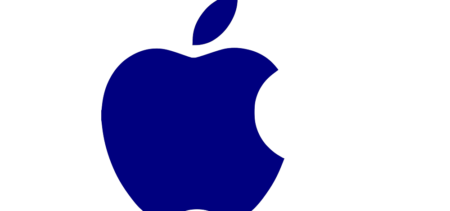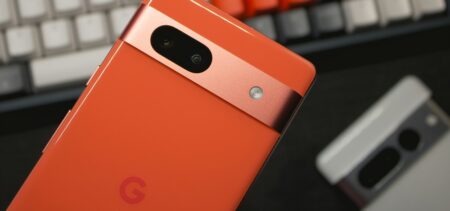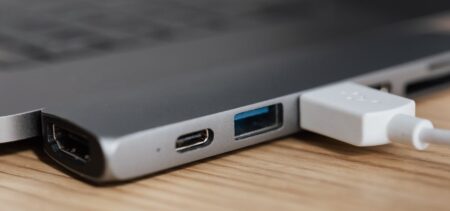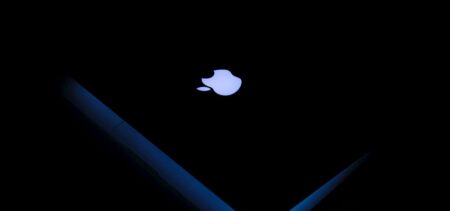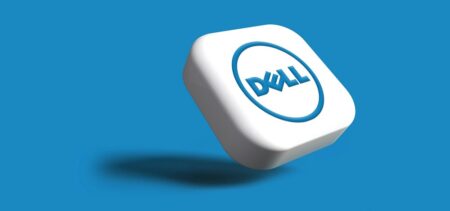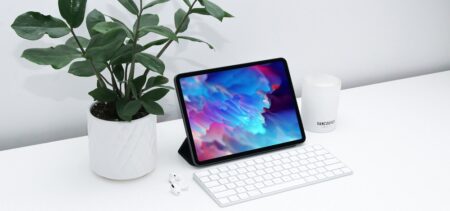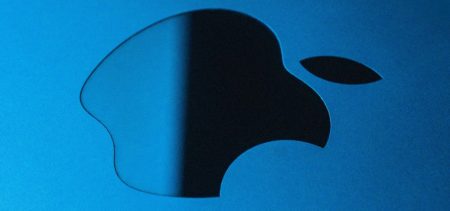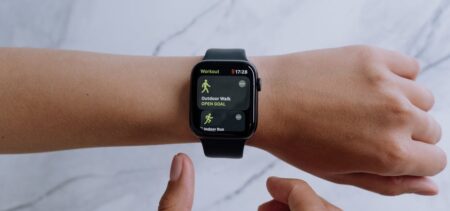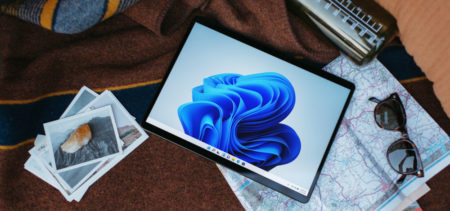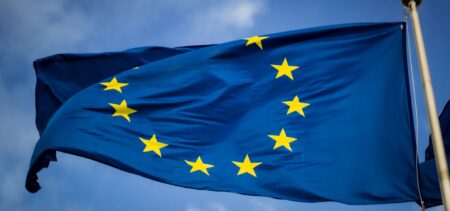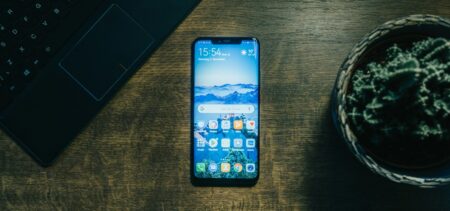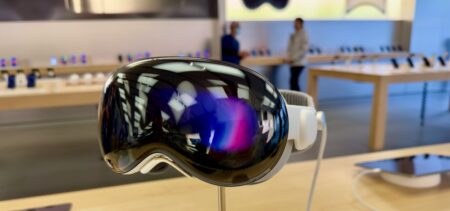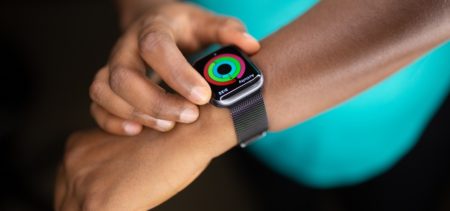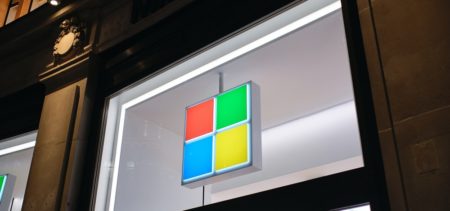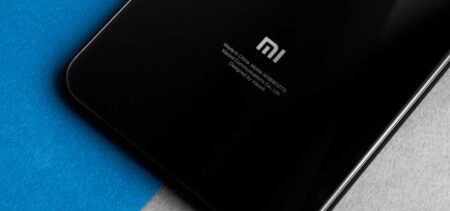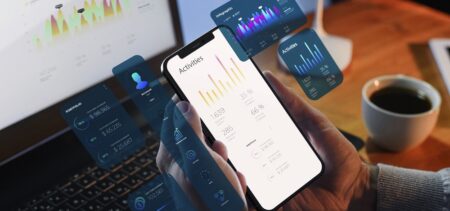The MWC or the Mobile World Congress is making the trending news of any well-known online publication every end of February, via the latest announcements, tech unveiling and device launches – but what is this event and how did it begin?
This year’s event took place, as did the previous editions, in Barcelona, Spain. Its European location points out that the organization behind the congress is of European extract. Indeed, the GSMA or the Groupe Speciale Mobile (GSM) Association debuted somewhere in 1982 when the Confederation of European Posts and Telecommunications (CEPT) decided to unite its forces in view of a coordinated pan-European technology deployment.
The year 1995 marked the opening of the first North American PCS 1900 network. By that time a World Congress reunited all the worldwide members in Madrid, Spain. The History section of the GSMA website allows an accurate radiography of the gradual connections increase all across the globe, and of the synchronized evolution of related telecommunications and networking equipment and tech.
There were eight editions of Mobile World Congress so far, starting with 2009; in 2011 the organizers proclaimed Barcelona as the “GSMA Mobile World Capital” and the established congress site all through 2023.
The GSMA goals
The declared GSMA areas of interest and coordinated activities (or goals) are:
- Securing the spectrum for mobile broadband;
- Leading and intermediating the industry’s regulatory interactions/debates with governments and regulators in view of the most beneficial normative environment;
- Managing all issues related to personal data handling (digital identity handling) in the digital ecosystem;
- Developing the mobile services on emerging markets;
- Working towards the standardized deployment of digital commerce technologies, such as NFC (Near Field Communications);
- Addressing and navigating the complexities of VoLTE and RCS interoperable solutions deriving from the Network 2020 concept;
- Supporting the global OneAPI initiative in view of coordinated messaging, authentication, payments and location-finding services;
- Launching and seeing through various programs and technical projects under the aegis of “Connected Living”;
- Committing to green, environmentally -friendly policies since 2008 (see the Carbon Neutrality Program and its listed objectives).
The MWA sponsors and partners count almost all the telecommunications giants – giving this event and extraordinary aperture and importance. Current and future trends meet or emerge here and the industry is well advised to keep an eye on the debates and developments that animate the Congress each year.
Considered a platform for business opportunities, as well as a showcase for latest technologies, the Mobile World Congress is actually the biggest annual event in the telecommunications industry. Over 100 thousands people and hundreds of professional entities announced their presence this year.
Mobile World Congress 2016: examples of new tech
This year’s Mobile World Congress news and novelties comprised, among others:
- The Samsung Galaxy S7 and Galaxy S7 Edge both expanded their storage capacity with the help of MicroSD cards that they will accept from now on, under a design that continues the previous line, but it is slightly curvier; the same brand introduced the new Gear 360 camera, a tiny spherical device that takes pictures and shoots 360 degrees videos; the Galaxy S7 also comes with the first ever liquid cooling system on a mobile phone, via a heat-conducting copper tube;
- Other hot smartphones included the Cat S6 thermal camera phone, destined for identifying hotspots, temperature levels or even human presence in situations where sight is not sufficiently helping; the LG G5 with its modular design (removable bottom part that exposes the battery and an expansion port), metal body, and fingerprint scanner; Fairphone is another phone that showcased the modularity concept at this year’s MWC;
- As for the emerging markets products and services (as stated in the GSMA goals list), this year’s MWC brought the low-priced MV1 smartphone (coming from Obi Worldphone), a dual-SIM LTE smartphone that has a 5-inch display and features either the Android 5.1 Lollipop or the Cyanogen OS;
- Alcatel introduced Alcatel Idol 4S, an accessible-priced phablet whose packaging transforms into a VR gear resembling Google cardboard;
- Bridging even further the gap between smartphones and mobile computers, HP’s Elite x3 is capable of turning into a laptop or a desktop PC when added the required accessories.
The importance of Mobile World Congress
As in any industry, events that reunite the most important representatives and allow the sharing of opinions, technological advancements, debates, predictions for the future, or even professional challenges are extremely important for the industry’s professional community – the who’s who of a certain field comes in contact with each other, new entities may manifest their presence, the commercial factors meet the researchers and such unions push forward future technologies.
Besides launching new products, services, capabilities, or showcasing prototypes of future products, the participants also discuss common interest elements that are more like backstage features in what the usual public is concerned. The Congress has an all-audiences side, as well as a highly specialized side, where professionals get in touch with the latest (share-able) developments and standards, as well as share their common necessities.
The 5G standard,
for example, was a hot topic at this year’s Mobile World Congress, since the race for its deployment is on, with various companies announcing lately that their 5G commercialization would be the one to open the road – the international premiere in what the next-generation communication technology is concerned.
Standardizing 5G communications globally in order to remove regional obstacles – as it was previously the case with the older data transmissions protocols – represented one discussion topic. Another related debate that concerns all professionals consists of the incumbent changes likely to be brought on by the new system.
Another current topic from the Mobile World Congress was the Internet of Things, itself depending on telecommunications developments, better cyber-security and standards’ coordination. Events such as the “IoT stars” – a startup-pitching event, taking place in front of a jury panel, were a good opportunity for specialists and entrepreneurs to come face to face and present their ideas.
Allowing businesses from all around the globe to reunite under the common denominator of mobile tech progress, MWC is a welcomed annual event that allows companies to come forward with their best products and keeps the online headlines busy with interesting trends and sometimes-amazing news on products and services.
Such events emulate industries and stimulate competitiveness and innovation. It is also customary to watch the featured products and integrated events in order to determine in advance what the next important step taken by technology would be. Or, in other words, the MWC is a trendsetter event. As Venture Beat remarked, this year’s MWC signaled the kick-start of IoT, since 5G (see above) was the main point of attraction.


